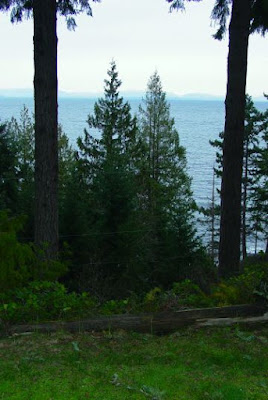The
sad death of James Kim in the southern Oregon mountains has a lot of people
talking about car survival kits. The
Denver Post had a piece on Saturday, too.
I think Kim made the wrong choice in leaving the vehicle, but I can easily understand why he did so. After nearly a week of not being found, the mental pressure to
do something must have been overwhelming.
When I read that searchers found an item of his clothing, however, I knew he was a goner, no matter that some reporters tried to interpret it as "leaving a signal for rescuers."
My indoctrination came at an early age. Some time before I was born, around 1950, I think, my father was part of a recovery team on a plane crash near Wolf Creek Pass in southwest Colorado.
He was then Forest Service district ranger at Del Norte, on the Rio Grande National Forest, so the crash site was either on his district or close by.
During the winter, two men had left Gunnison (as I recall), flying west. They failed to make it over the mountains. One was a doctor and one a businessman, I think.
Their bodies and the airplane were not located until the snow had started to melt. They had crash-landed in a snowy meadow without damaging the plane very much.
Dad had saved photos of the crash site, the plane, and the bodies. Occasionally as a kid I would take them out and look at them for the shudder of horror.
The bodies were quite well-preserved. One man, as it was reconstructed, had taken a drink of whiskey and then tried to walk for safety. He was wearing low-cut shoes, a suit, and an overcoat. He made it a mile or so. The other was found closer to the site.
Two mistakes, then: no survival gear and leaving the shelter of the airplane. I would never forget that lesson.
Oh yes, and save the whiskey for when you are warm and dry.
Addendum: For an interesting discussion on whether James Kim was a "hero" or not,
go here and read the comments.

 Two enigmatic grafitti from Granville Island. Their proxmity to the Emily Carr Institute of Art + Design makes me wonder if art students are responsible.
Two enigmatic grafitti from Granville Island. Their proxmity to the Emily Carr Institute of Art + Design makes me wonder if art students are responsible. 


